Dak Lak Department of Culture, Sports and Tourism said that during the April 30 - May 1 holiday, the locality welcomed more than 210,000 tourists , an increase of 68% over the same period in 2024. This is a positive figure, showing the initial effectiveness of the tourism development strategy associated with building unique products, promoting local strengths.
Positioning four key product areas
Mr. Tran Hong Tien, Director of the Department of Culture, Sports and Tourism of Dak Lak, assessed that overcoming the difficult period caused by the pandemic, the local tourism industry is showing many improvements. The key is that Dak Lak focuses on building depth for products, both sophisticated and different, to create long-term attraction.
According to the direction of the functional sector, Dak Lak tourism is currently built on four core product groups: nature-terrain experience tourism, agricultural tourism associated with production and trade, heritage-museum tourism and culinary-indigenous cultural tourism.
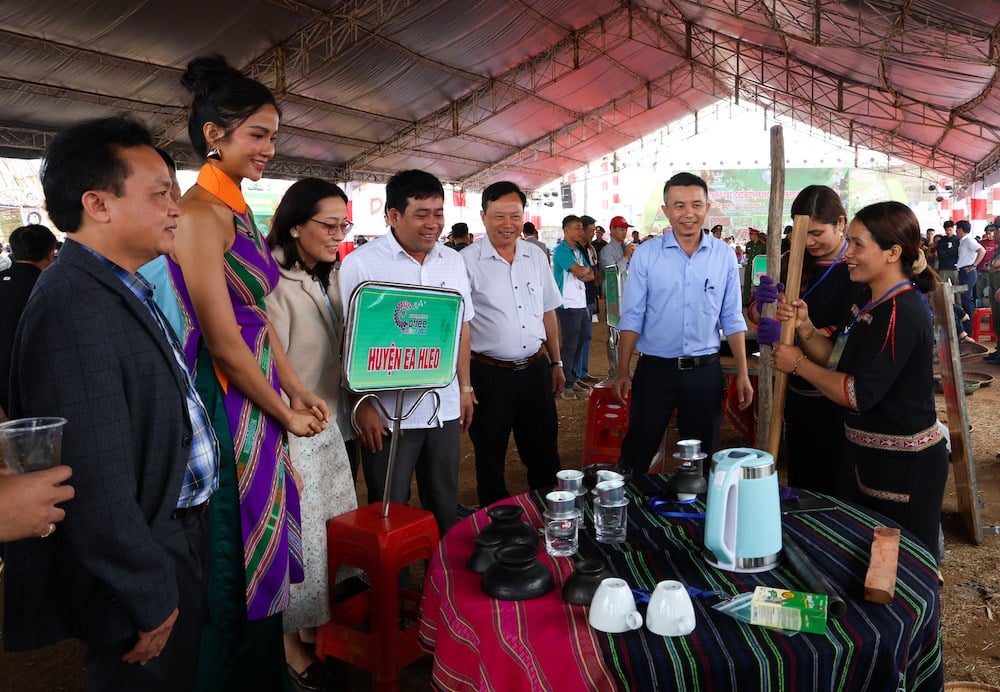
Stories about cuisine and customs are unique features of Dak Lak tourism culture.
For nature tourism, the locality focuses on designing short and long experience routes suitable for many groups of visitors, while ensuring safety and environmental protection. Tours associated with folk tales, history and geography of the land are also invested in to increase the depth of experience.
With agricultural and production tourism, the farmstay, homestay, and “a day as a farmer” tours, combined with on-site product introductions, are proving effective. The connection between people and tourism businesses is promoted to create a sustainable value chain.
In heritage tourism, museums and monuments need to be better told stories. Technology (virtual reality, virtual guides, etc.) is being deployed to increase interaction. In addition, regular cultural events at monuments and museums will help keep visitors longer.
With culinary tourism, the tourism industry builds cooking tours, tourist markets, introducing typical dishes and traditional processing procedures. Local artisans act as “storytellers”, contributing to preserving the regional culinary identity.
Mr. Lai Duc Dai, Deputy Director of the Department of Culture, Sports and Tourism of Dak Lak emphasized: “We do not want to copy existing models elsewhere. What is necessary is to identify special, different elements that carry the identity of the Central Highlands so that the product is truly vivid and unforgettable.”
According to Mr. Dai, from seemingly popular activities such as street music, cultural exchange, to food introduction, each product in Dak Lak must evoke the spirit of the Central Highlands, from performance details, costumes, colors, to rituals, matriarchal cultural materials...
Gongs, a prominent heritage of the Central Highlands, are a clear example. To help visitors understand, it is not enough to just perform but also to tell the story before: what rituals are these gongs used in, what is their meaning... Such activities are not only for performance, but also create emotions, connecting visitors with the land.
Build a different point of view
In addition to product development, communication and promotion work is also focused on. According to the provincial tourism industry, communication does not stop at advertising clips, but also includes basic data: a system of documents, short and easy-to-understand descriptions of each location, dish, ritual...
“If we want our products to reach tourists, we have to start with the smallest details: a folk story, a traditional custom, a photo taken at the right time… These things are impossible if we do not invest in research, storage and sharing a systematic cultural data system,” Mr. Dai emphasized.
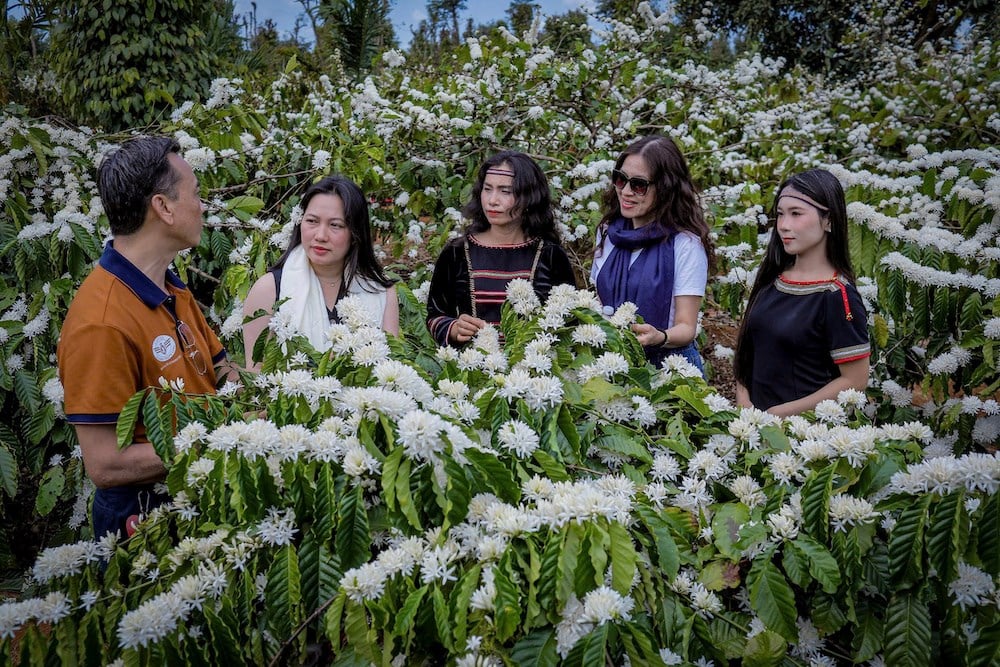
Ecological tour of coffee farm in Dak Lak attracts many tourists
The Department is also coordinating with universities, researchers, artisans, and indigenous people to digitize and standardize information on Central Highlands cultural tourism products, thereby integrating them into the multi-channel promotion system.
Not only stopping at the four product groups mentioned above, Dak Lak still has a lot of room to develop new tourism such as adventure sports and health tourism. During the recent holidays, some businesses launched rafting tours, and off-road vehicle tours through the forest, receiving positive feedback.
In addition, ethnic villages also preserve a lot of traditional medical knowledge - such as remedies from forest leaves, herbal wine, folk treatment methods... This is the basis for developing medical and health tourism products - which is a rising trend globally.
According to Mr. Tran Hong Tien, the most important thing now is to create a sustainable tourism ecosystem, in which all people benefit from tourism. It is not only about economic benefits, but also about respecting local culture, creating pride for the community.
“We do not aim to ‘do tourism for tourists’, but to build tourism products for the community, by the community and with the community. When people feel protected, listened to, and honored in their own identity, they will be the best tourism workers,” Mr. Tien shared.
Source: https://bvhttdl.gov.vn/dak-lak-phat-trien-du-lich-tu-chieu-sau-san-pham-20250512084631046.htm


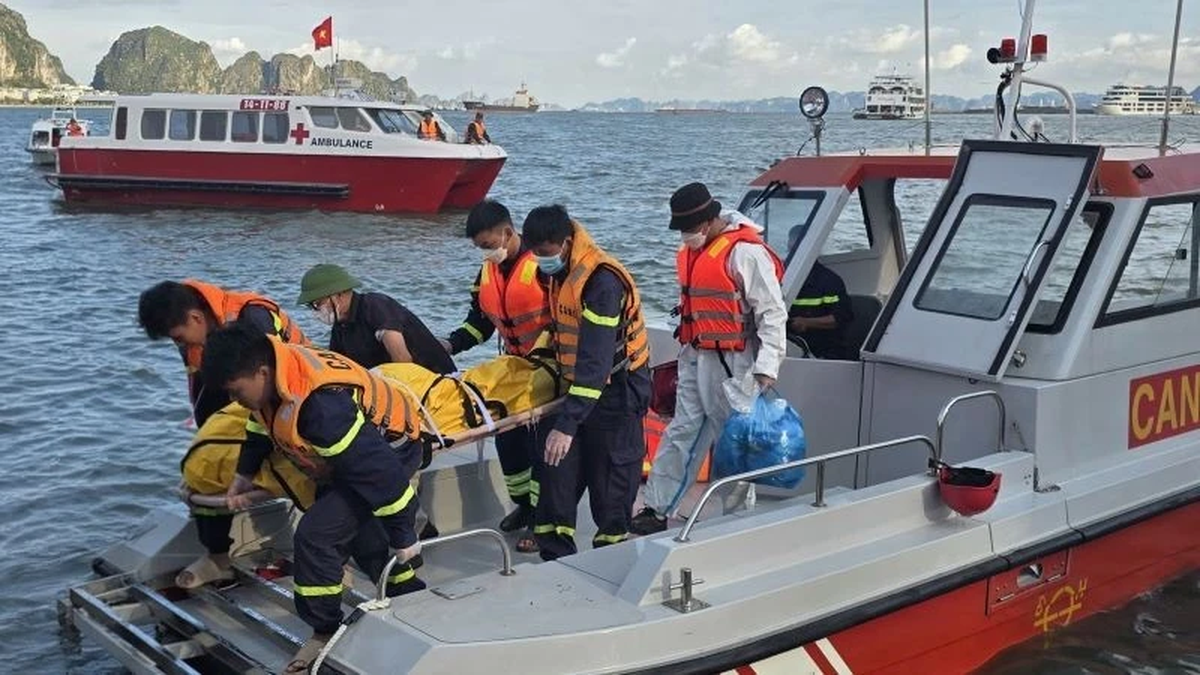
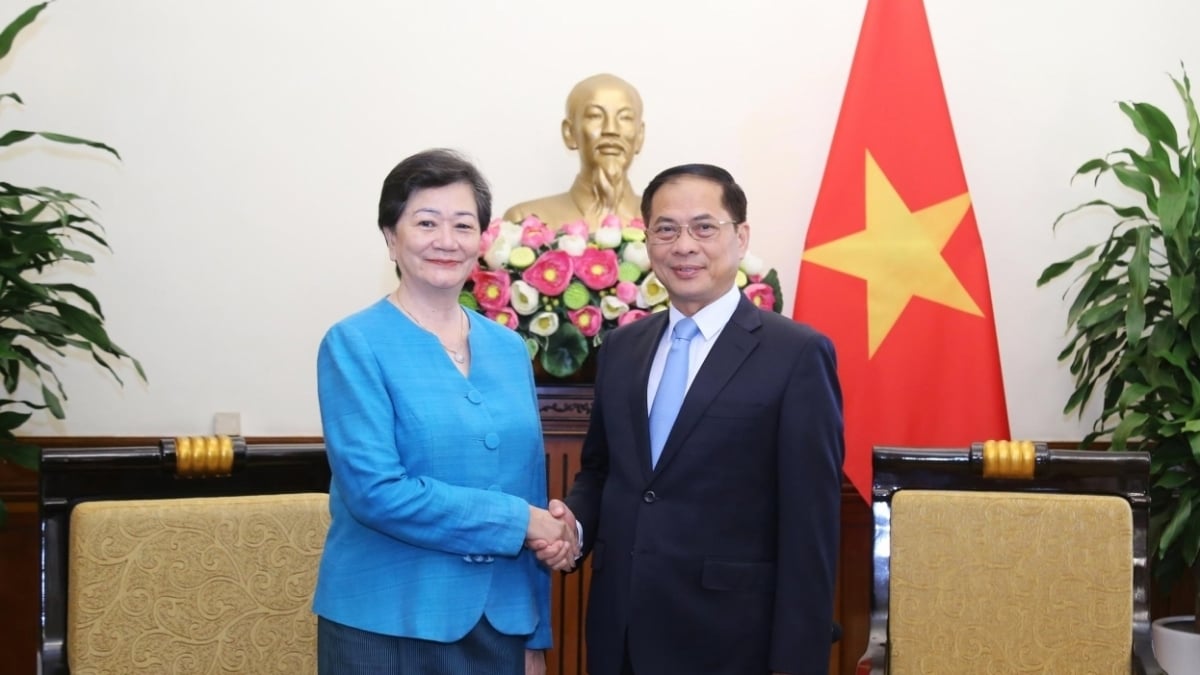
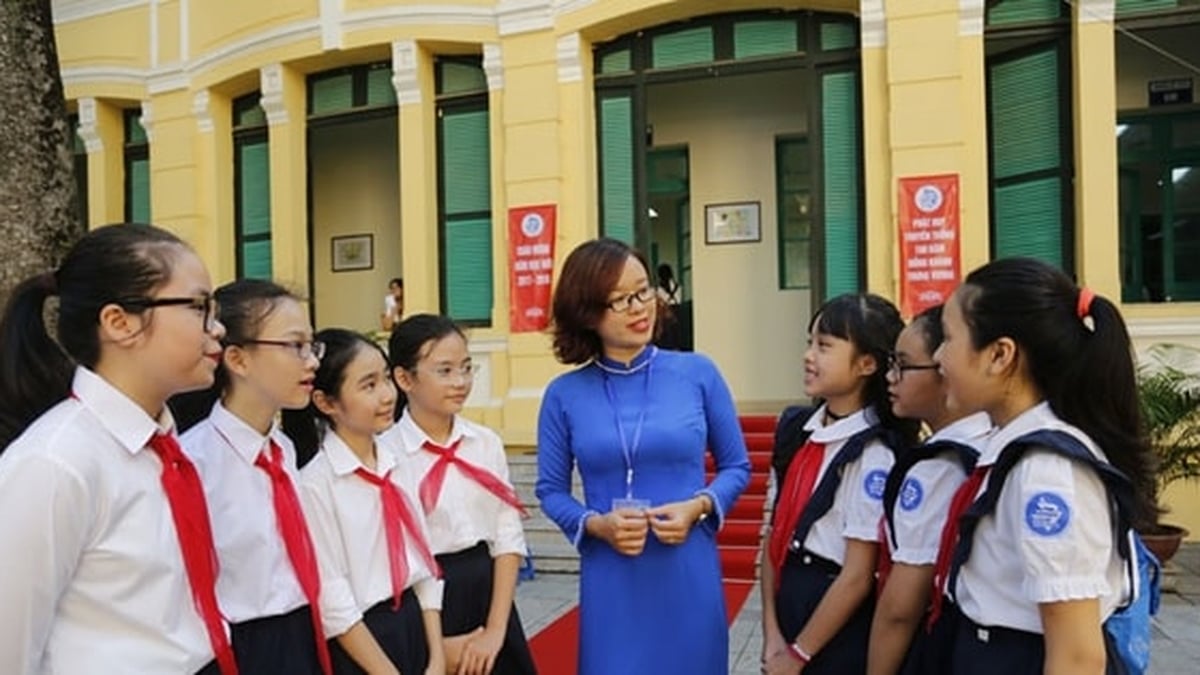
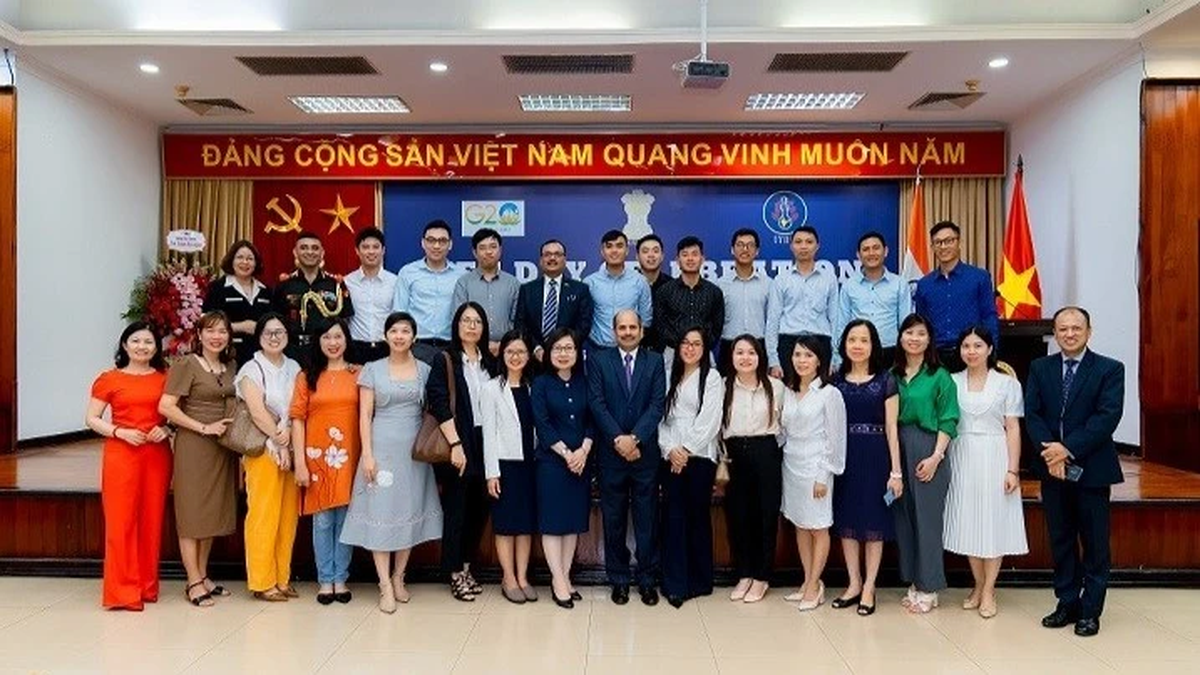
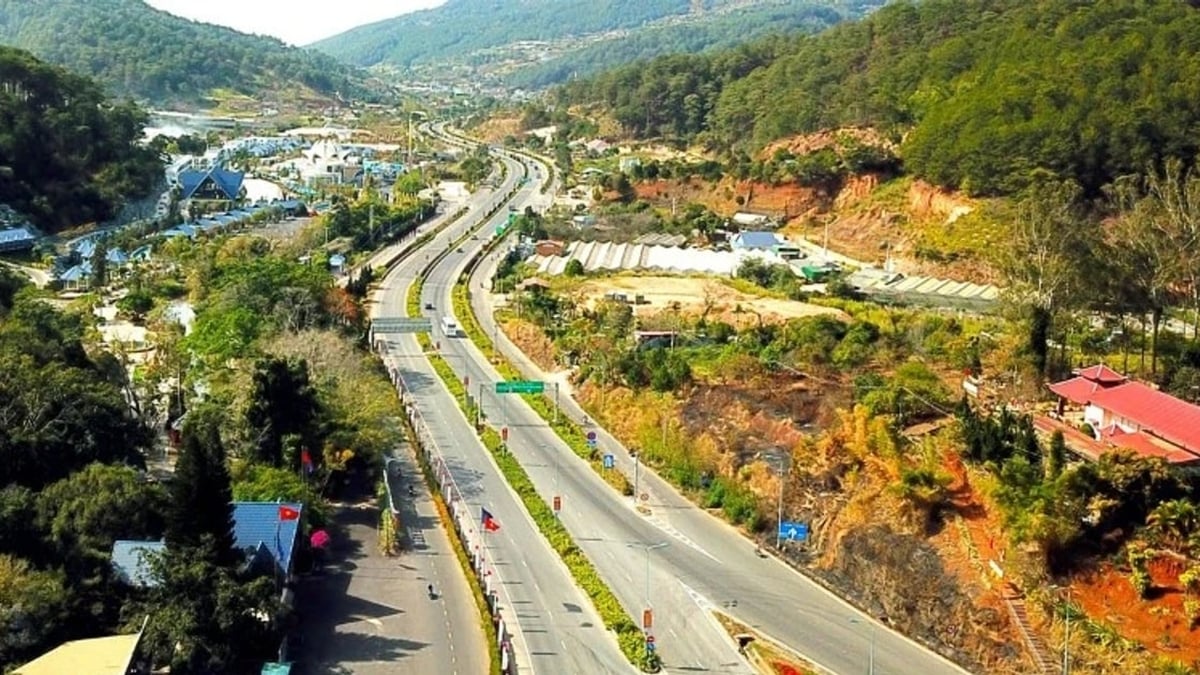
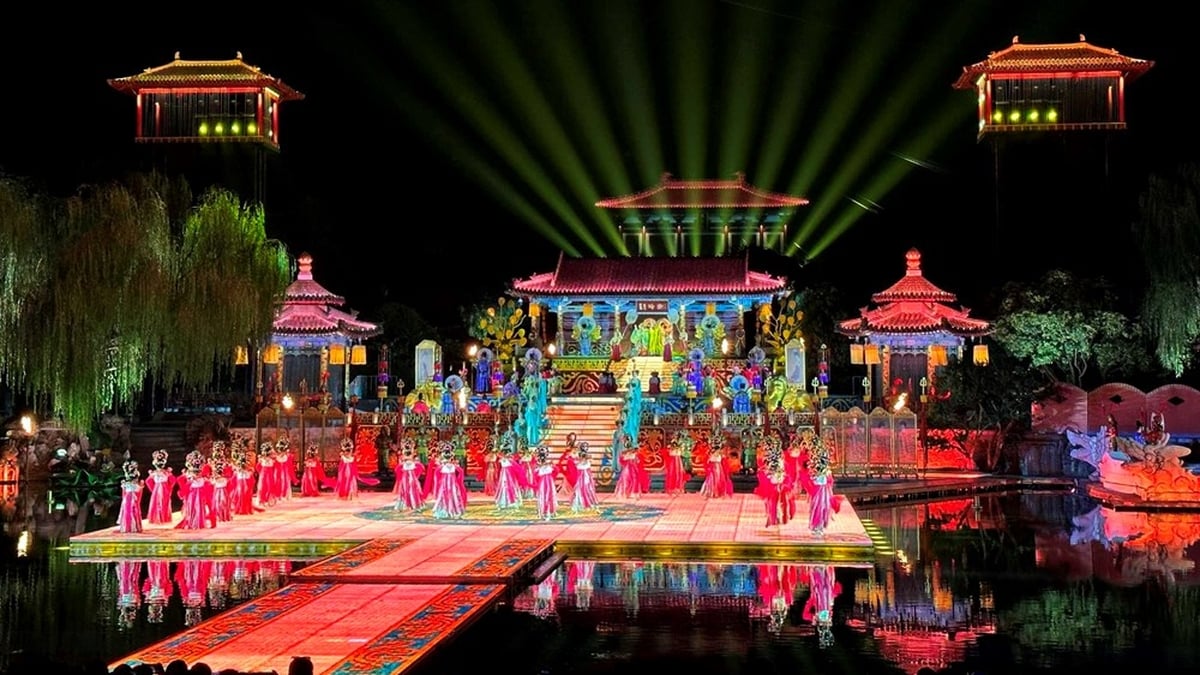
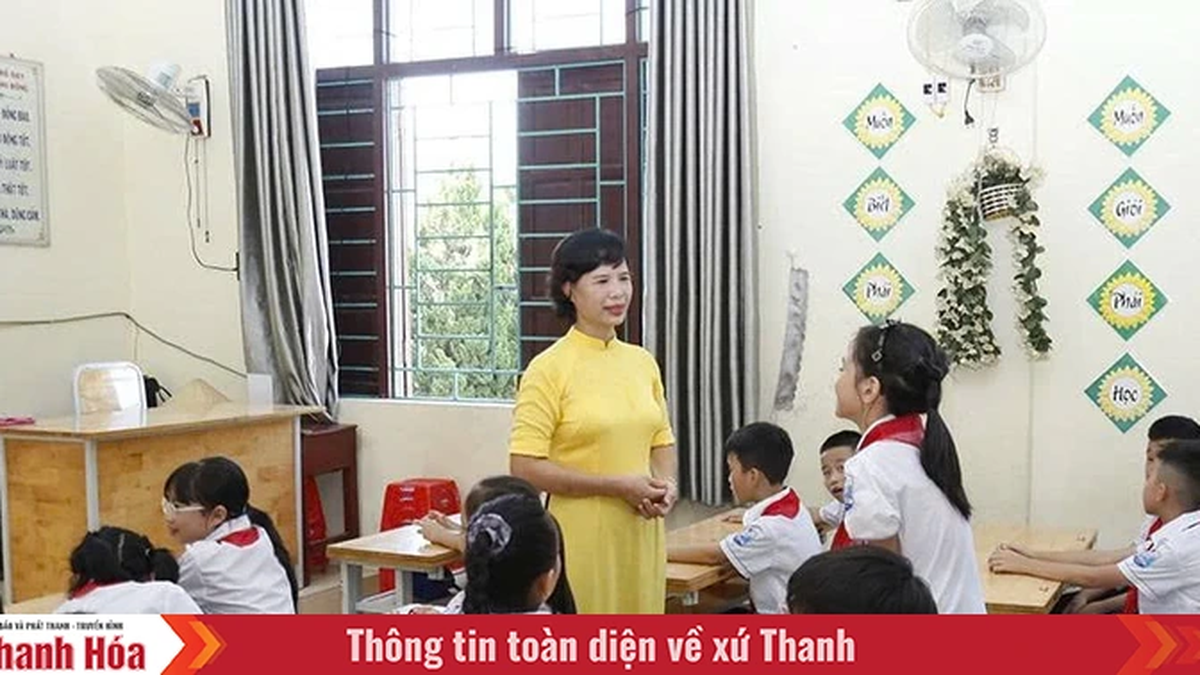

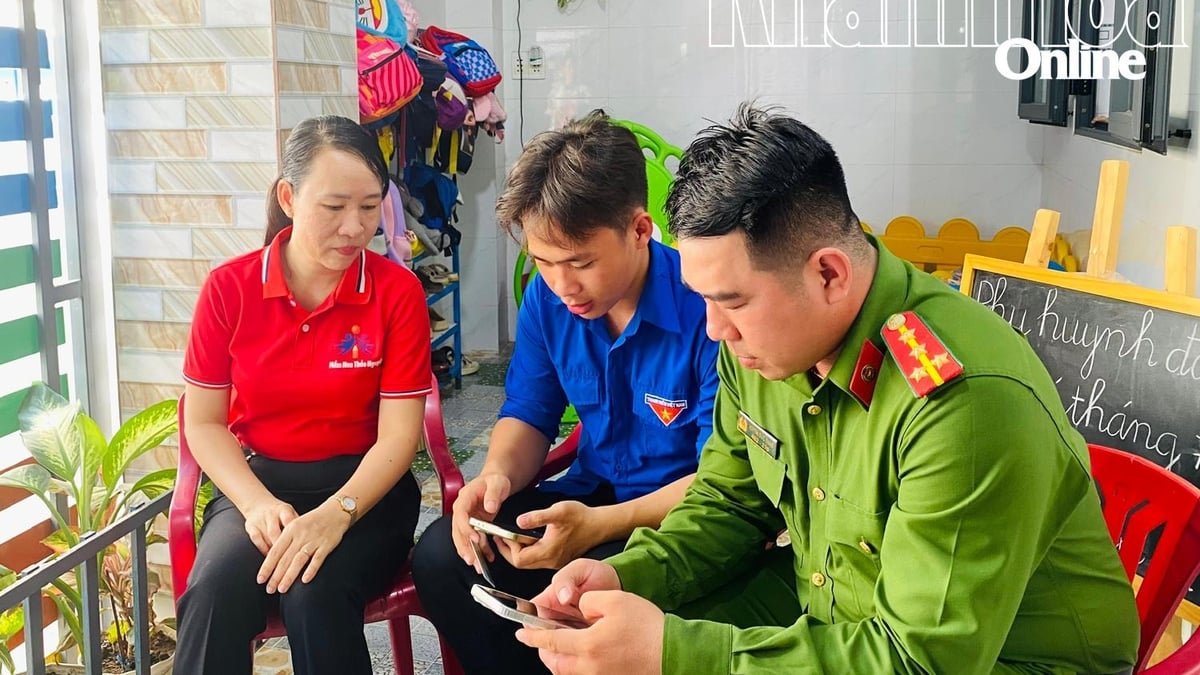
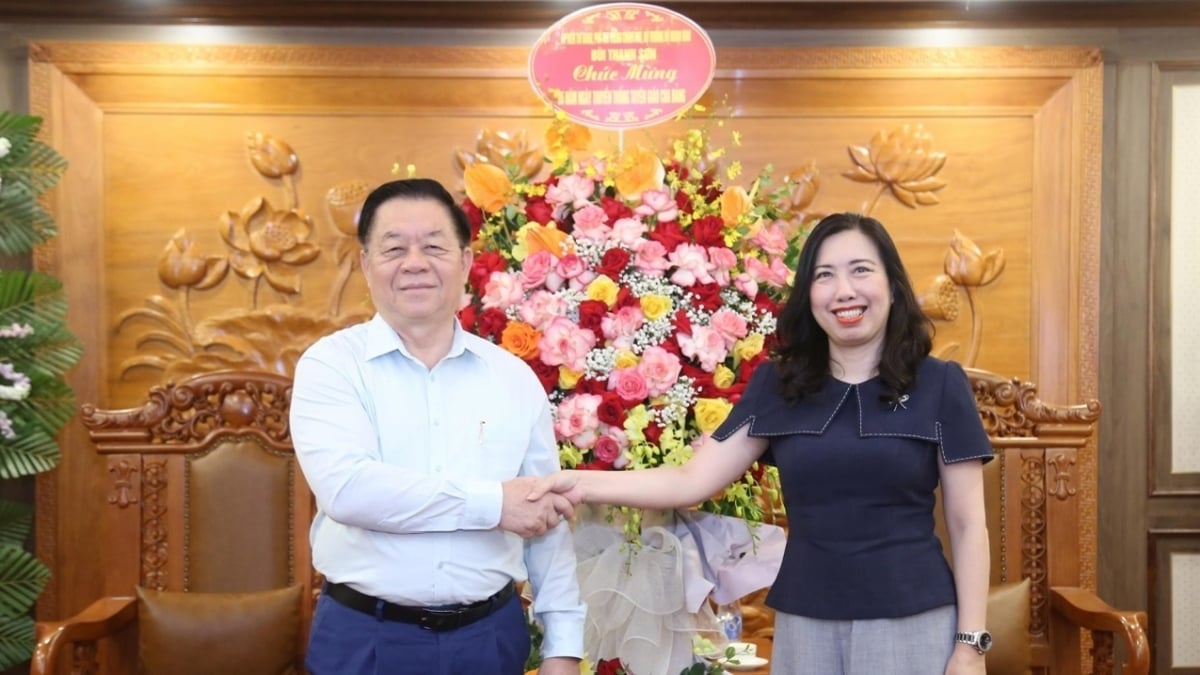










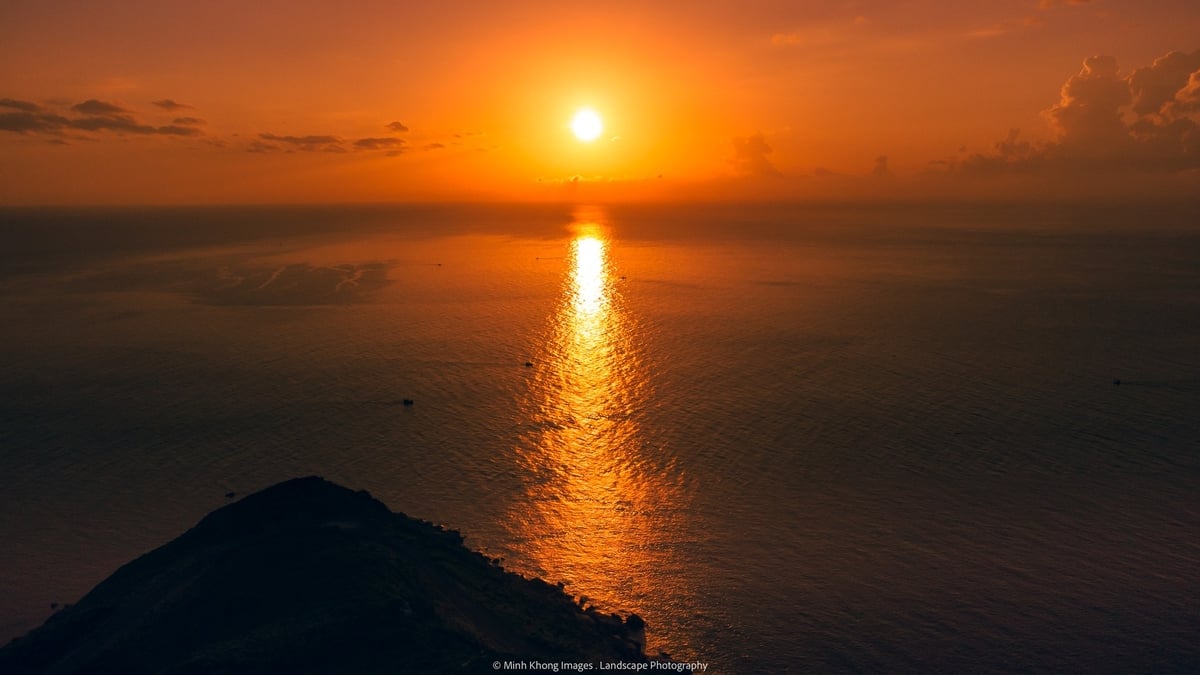
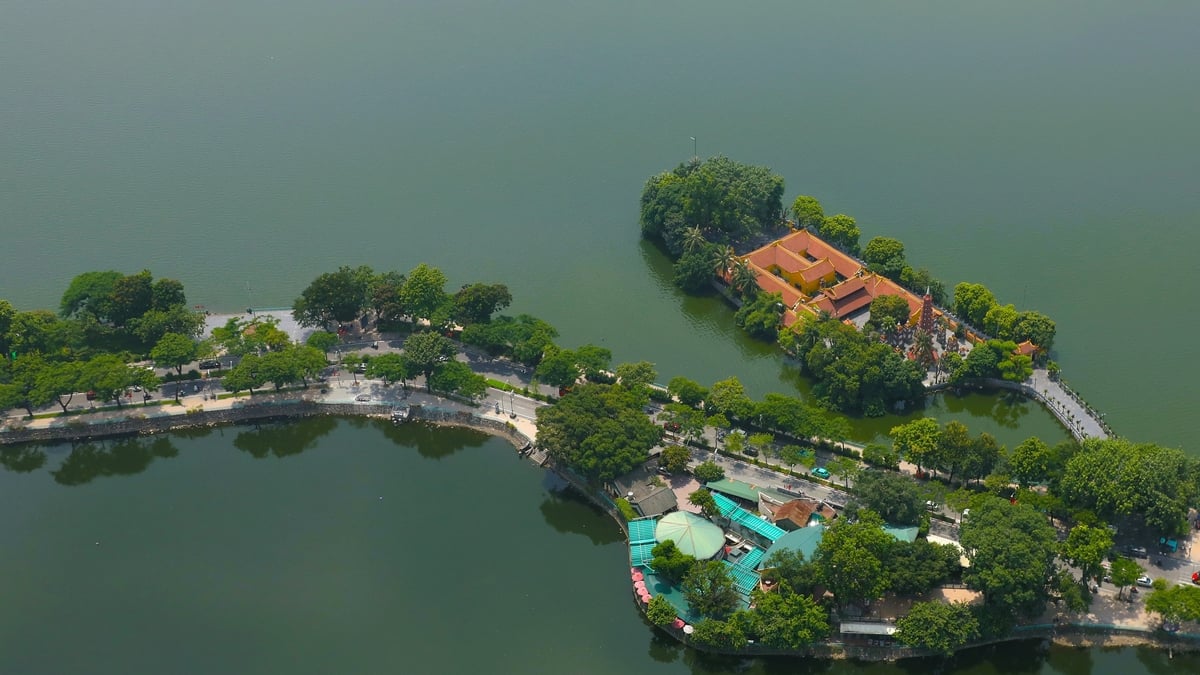
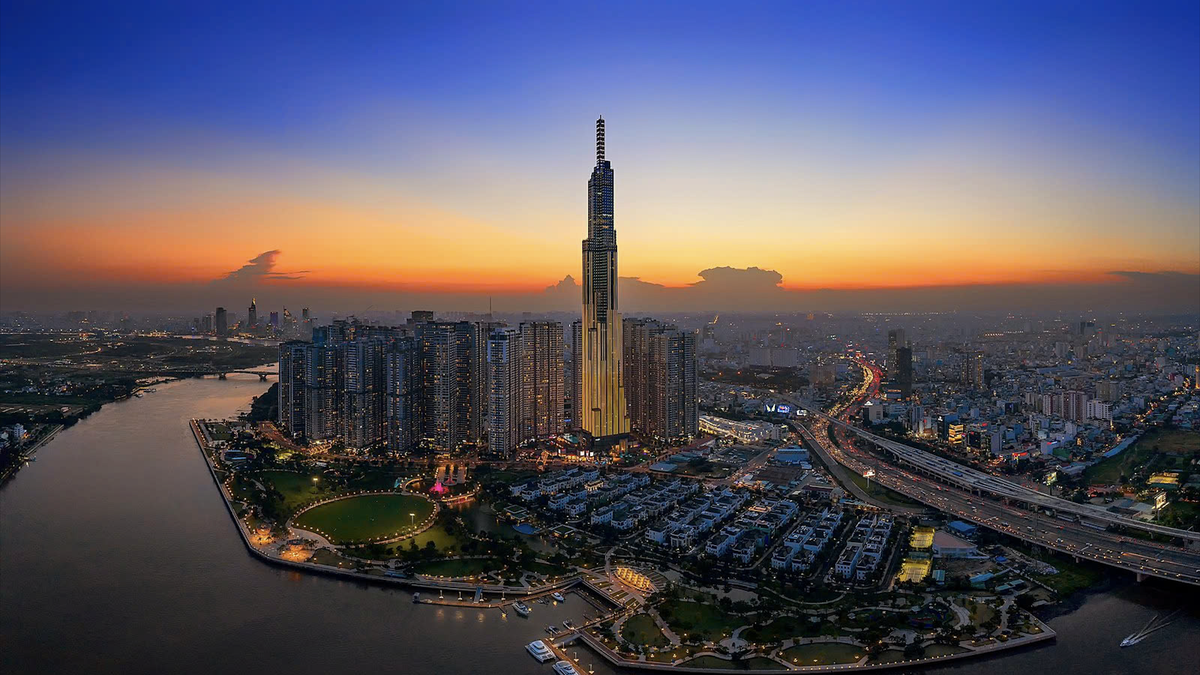
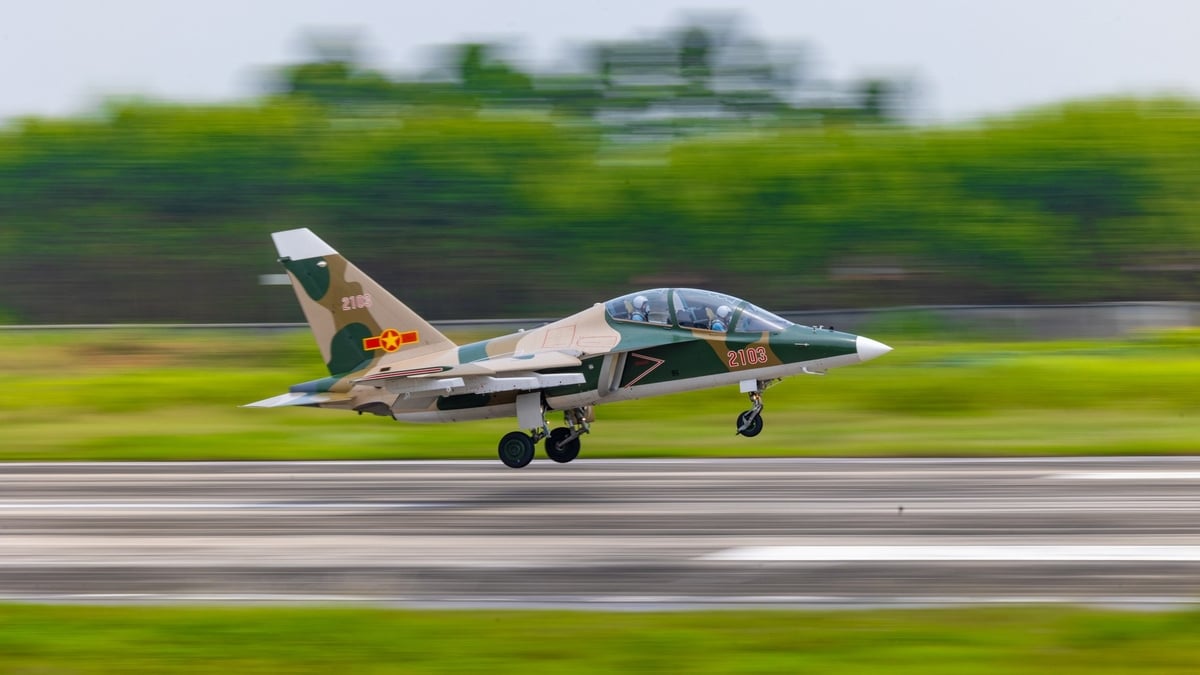
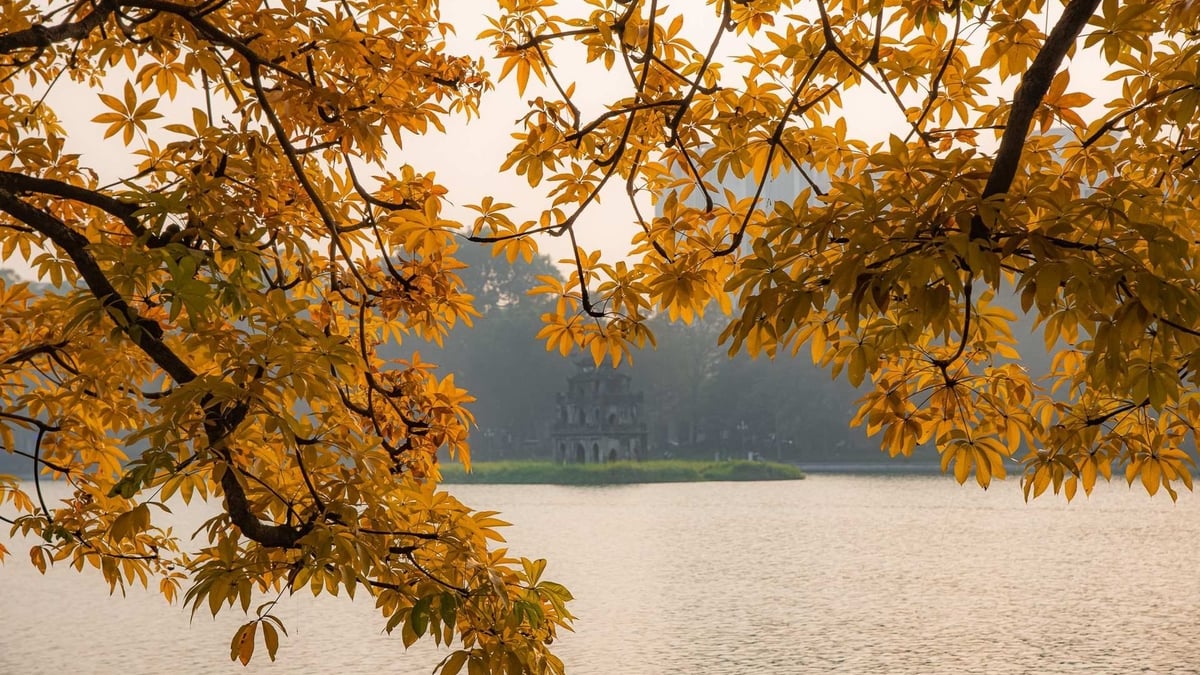
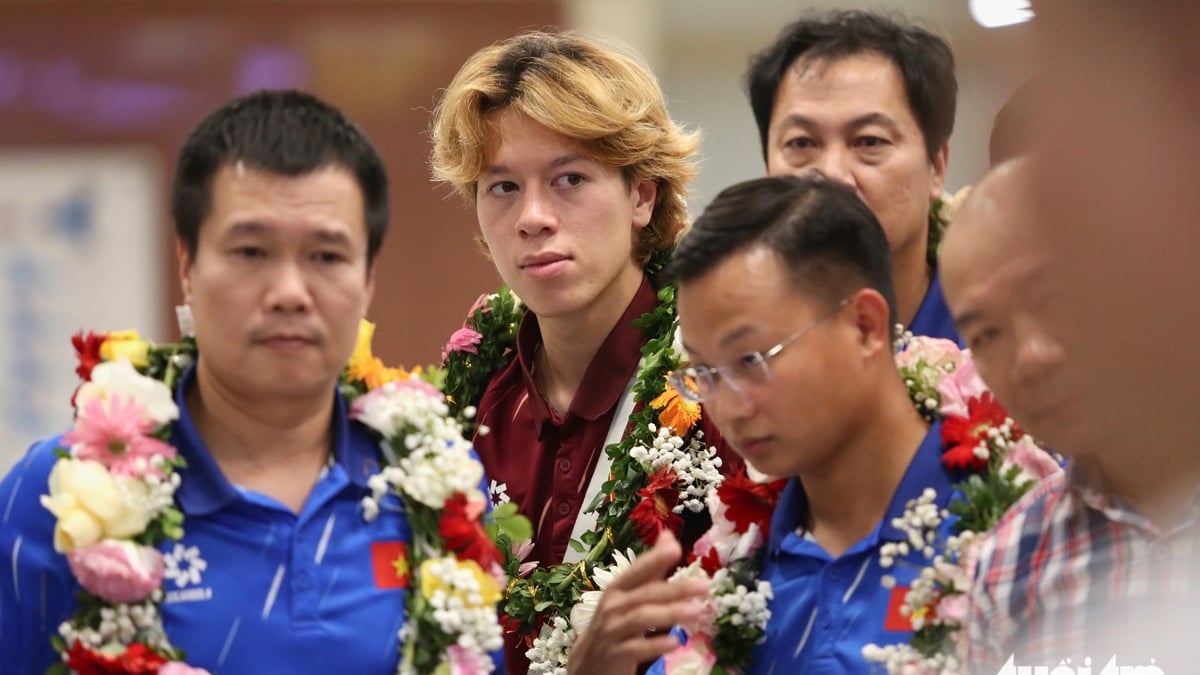
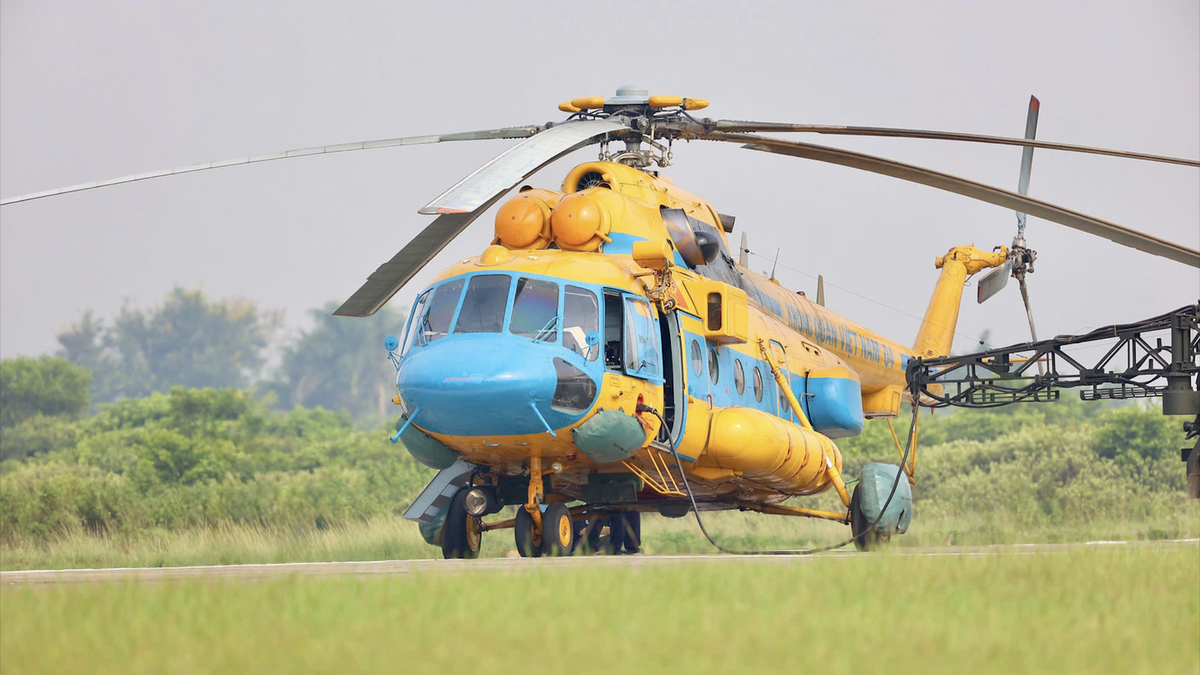
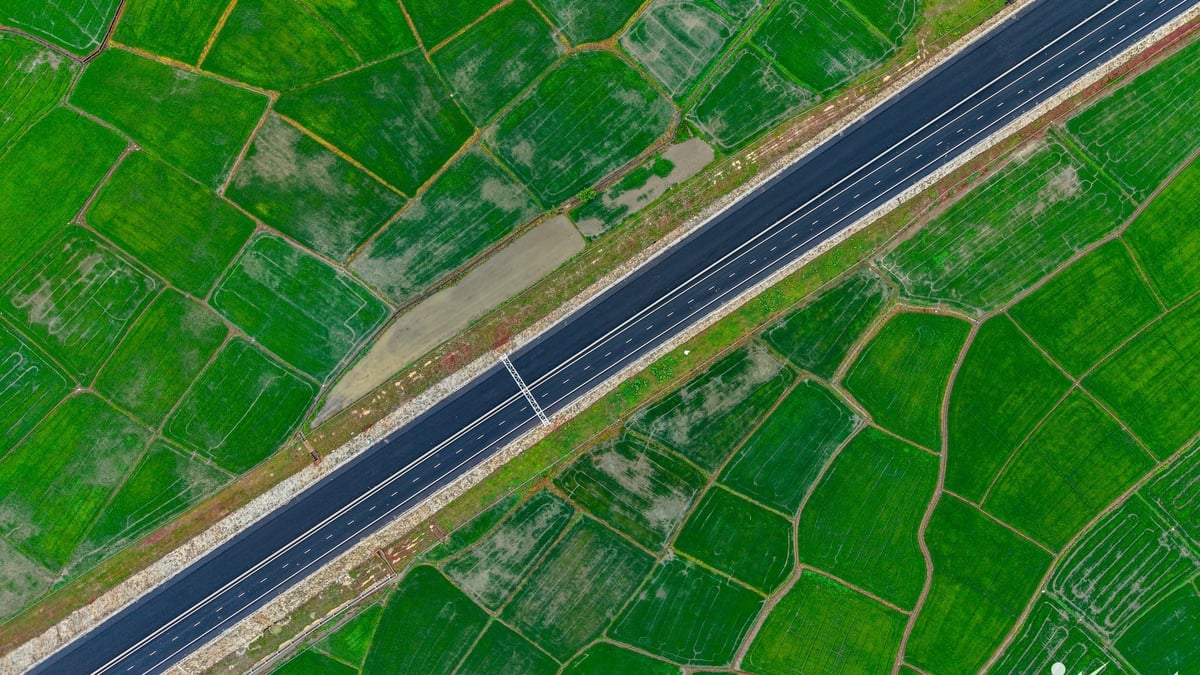
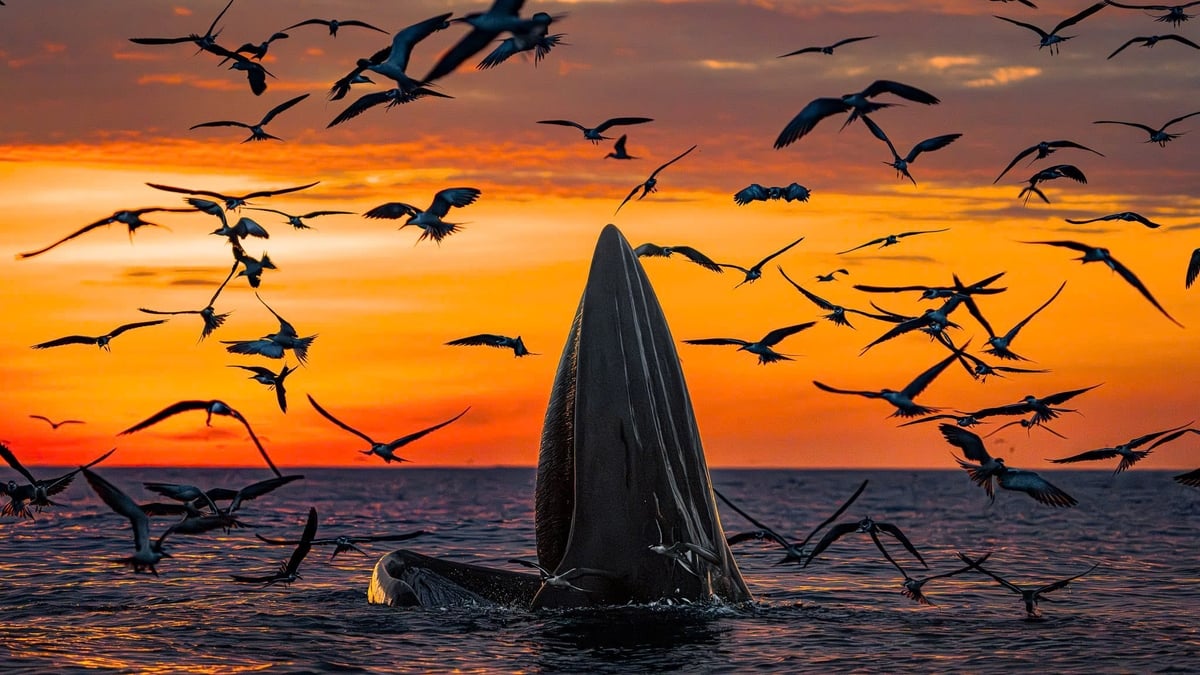
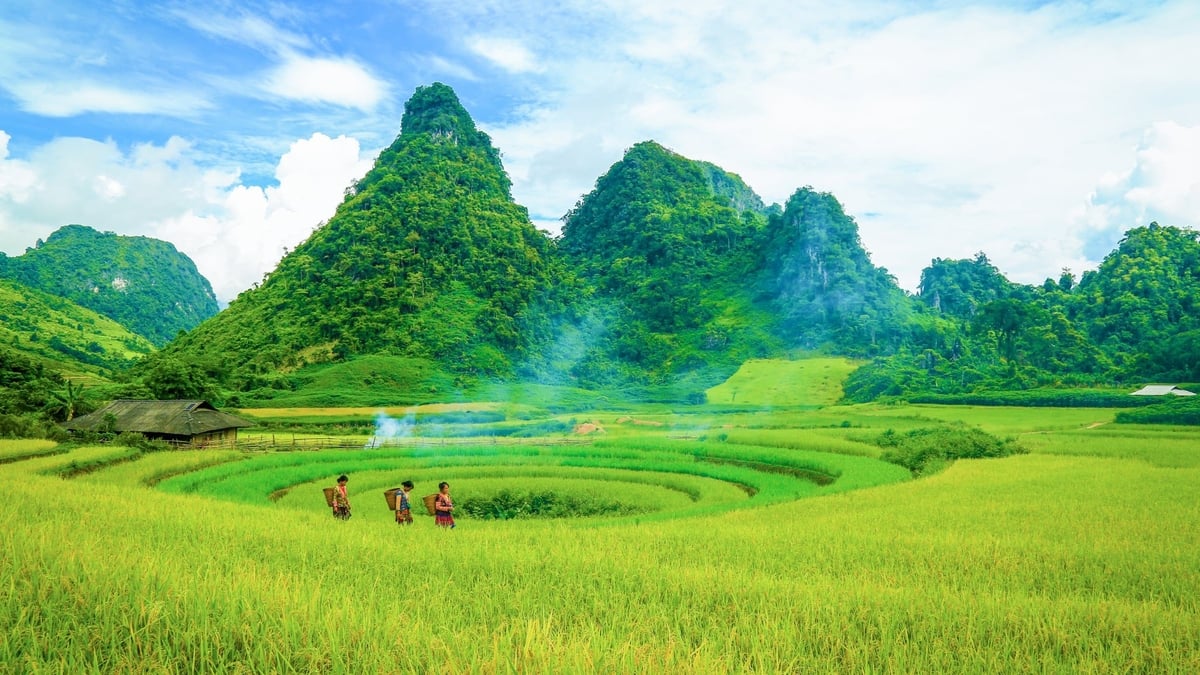
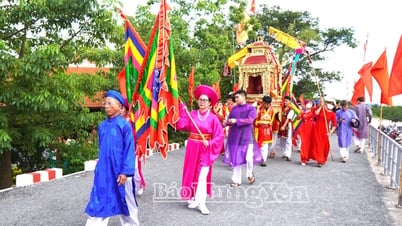

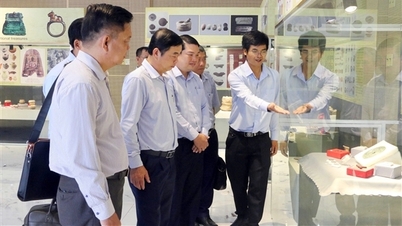

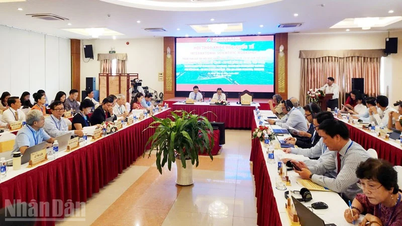

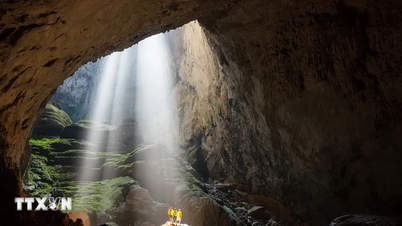

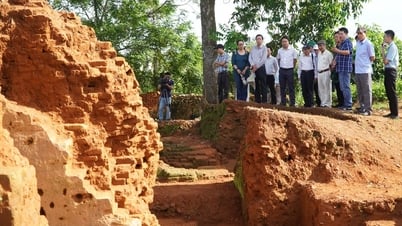

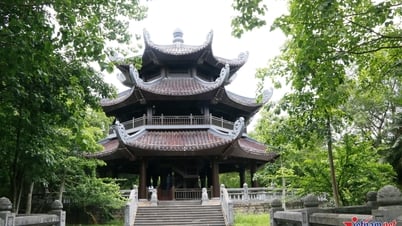

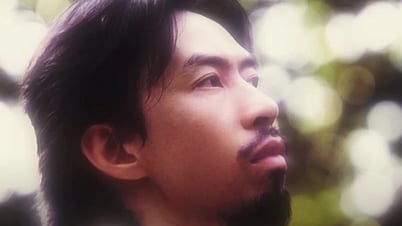


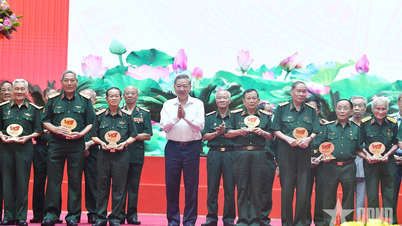



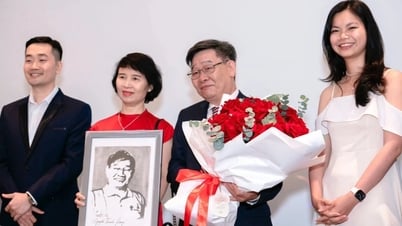
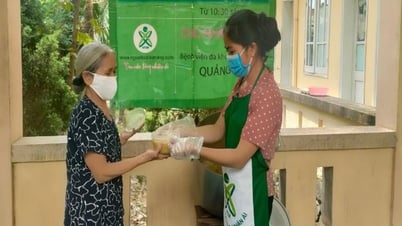



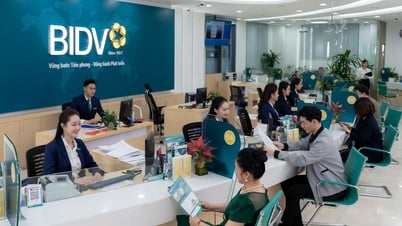

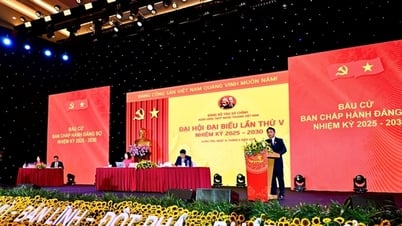
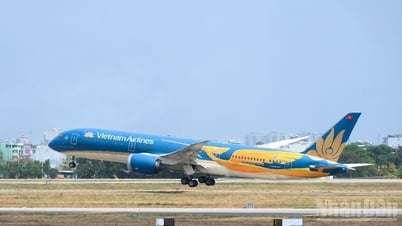
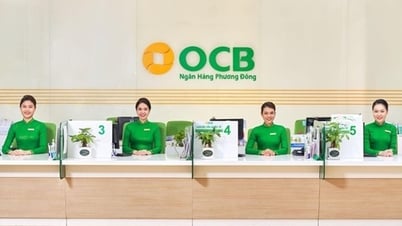








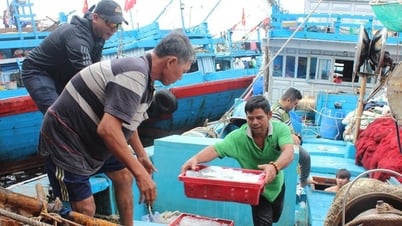

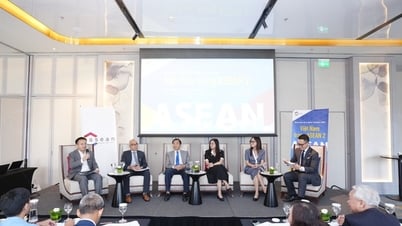
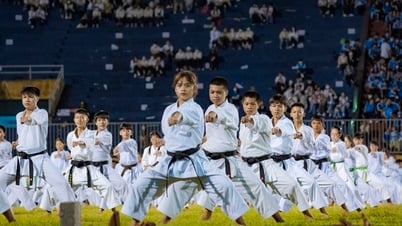
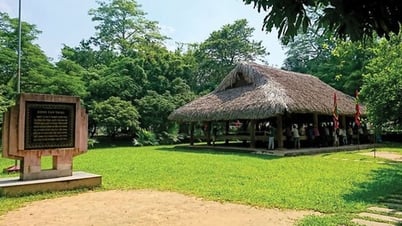


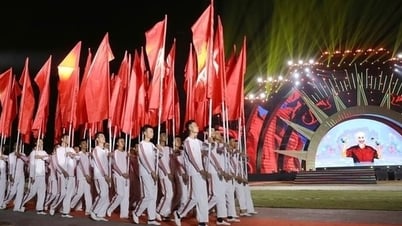
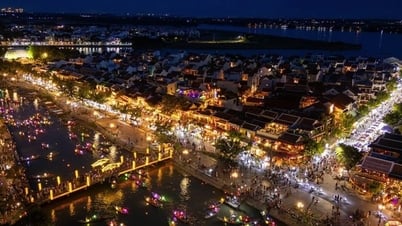







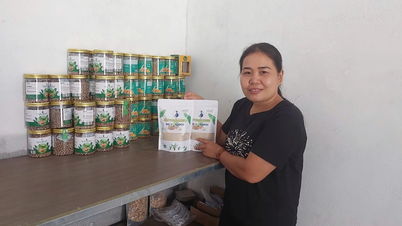

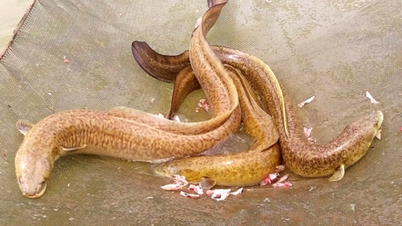
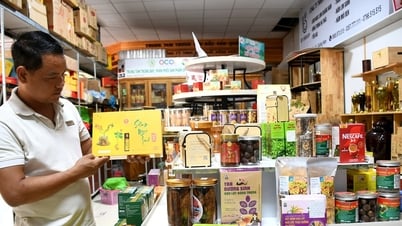

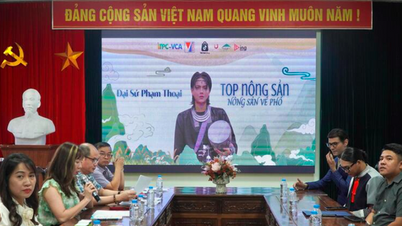

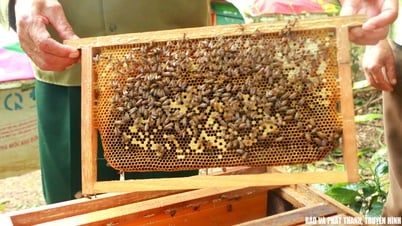

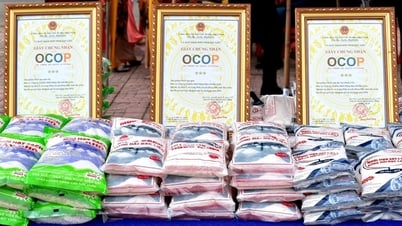

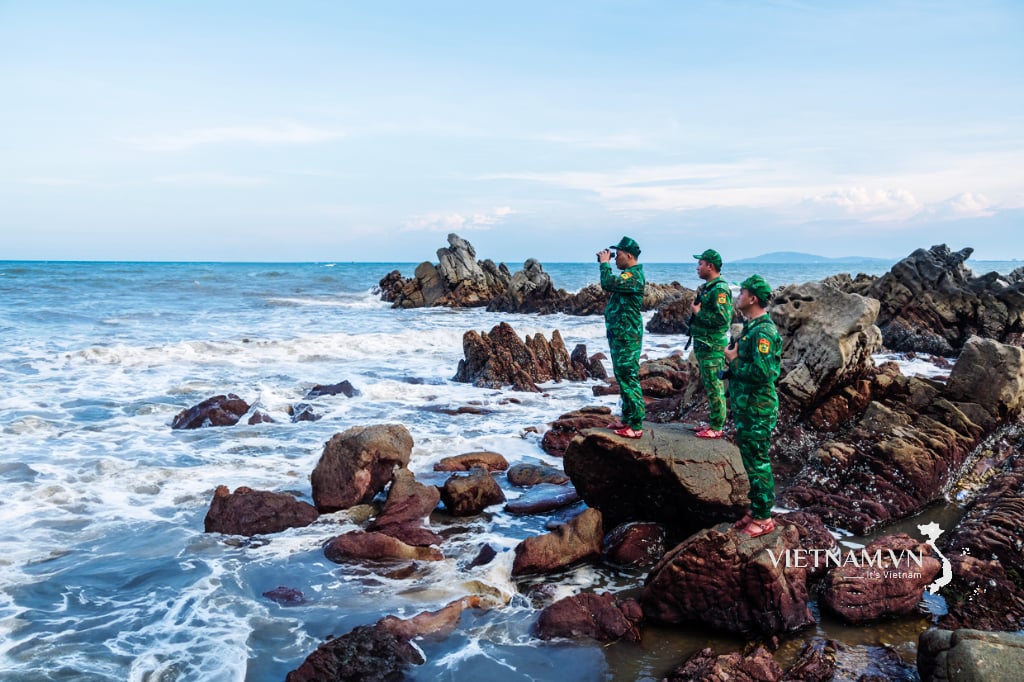
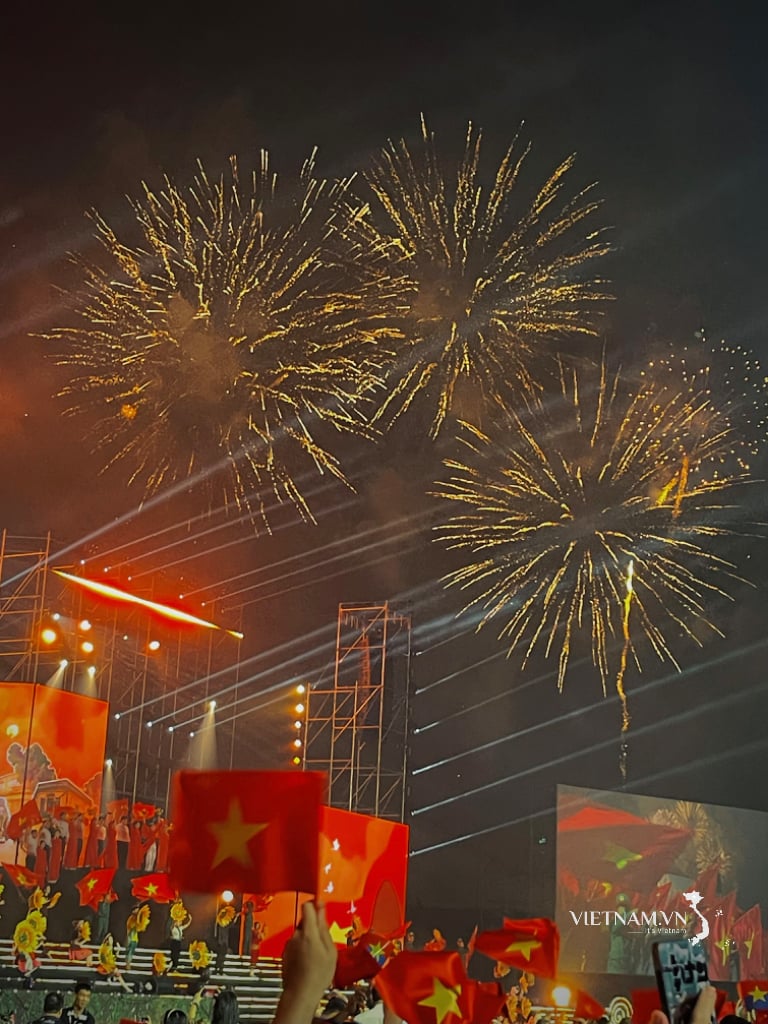
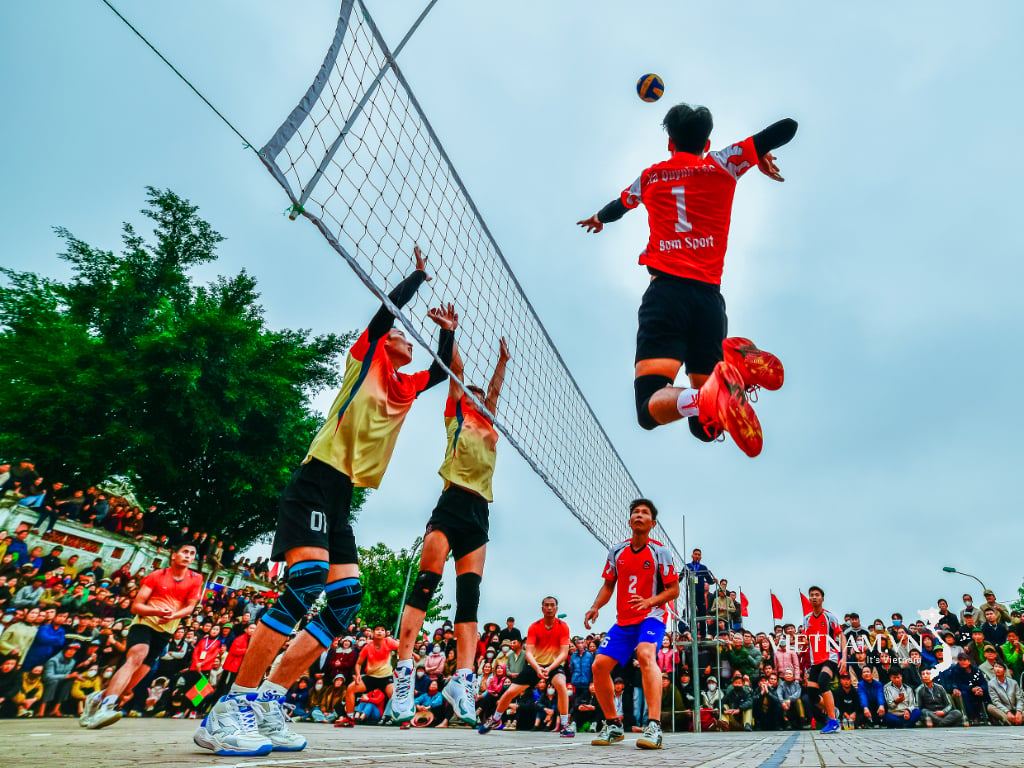

Comment (0)